The chatbot customer service example you need to see
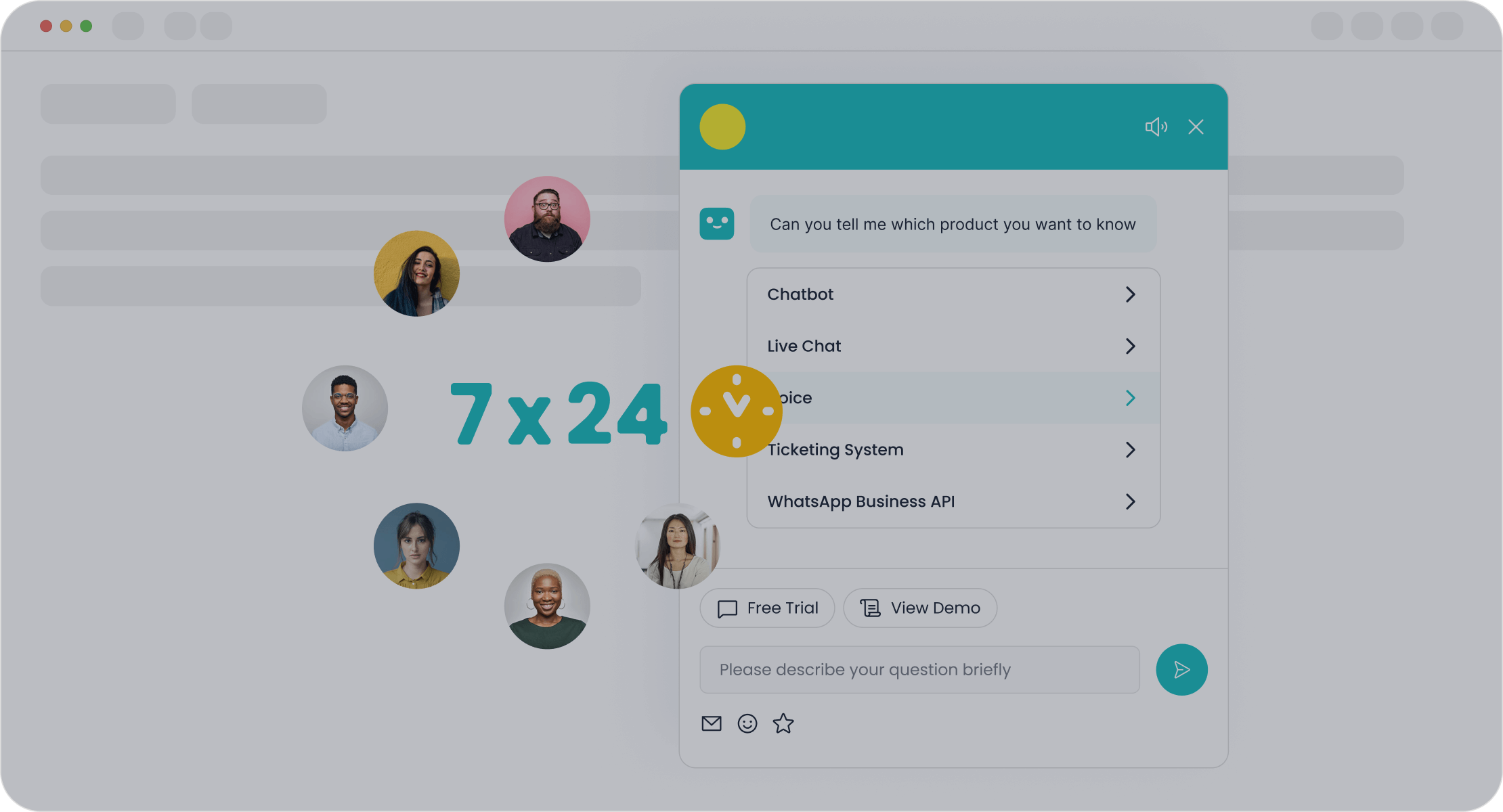
Selecting the right chatbot is a major decision for any business. Simple tools may work for startups. However, global brands need powerful, scalable AI solutions. Sobot provides this advanced AI service to companies like OPPO and Samsung. The chatbot market is expanding rapidly. This growth makes choosing the right customer service tool crucial for customer engagement.
| Metric | Value |
|---|---|
| Global Chatbot Market Size (2024) | USD 7,763.0 million |
| Projected Market Size (2030) | USD 27,297.2 million |
| Compound Annual Growth Rate (CAGR) (2025-2030) | 23.3% |
This guide provides a clear chatbot customer service example. It helps businesses find the perfect customer support chatbot to improve their customer service and support operations. The Sobot AI platform, including the Sobot call center, offers comprehensive engagement solutions.
Chatbot solutions for small business
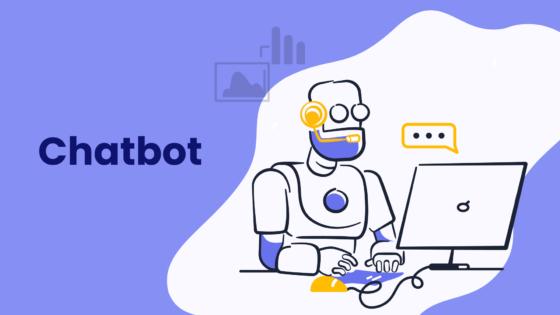
Small businesses require chatbot solutions that prioritize affordability, quick setup, and ease of use. These companies often lack dedicated developer teams. Therefore, chatbot platforms with no-code builders and pre-built templates are ideal. They allow a small business to deploy a chatbot quickly and start improving customer interactions without a steep learning curve.
Tidio: The user-friendly starter platform
Tidio is one of the most popular chatbot platforms designed for ease of use. It combines live chat and AI chatbots into a single tool, making it a strong starting point for a small business. Its visual editor allows users to build automated workflows without writing any code.
Key Tidio features include:
- Lyro AI agent: This AI automates customer conversations for personalized support and lead generation.
- Live chat: It provides a channel for real-time customer support.
- Customizable chatbot templates: These pre-built templates adapt to specific business needs.
- Multi-channel support: The platform engages customers across websites, mobile apps, and social media.
- Visitor segmentation: It triggers personalized chatbots based on visitor behavior.
Tidio uses a ‘Flows visitor’ pricing model. Costs are based on the number of unique people interacting with the chatbot or live chat each month. This model offers flexibility for a growing business.
| Plan | Cost (billed annually) | Usage Highlights |
|---|---|---|
| Free | $0 | Up to 50 monthly 'Flows visitors'. Includes live chat, Lyro AI, and chatbots. |
| Starter | $29/month | Up to 500 monthly 'Flows visitors'. Includes live chat, Lyro AI, and chatbots. |
| Growth | $59/month | Up to 2,000 monthly 'Flows visitors'. Includes live chat, Lyro AI, and chatbots. |
| Plus | $299/month | Up to 10,000 monthly 'Flows visitors'. Includes live chat, Lyro AI, and chatbots. |
| Premium | Custom pricing | For businesses with over 10,000 monthly 'Flows visitors'. |
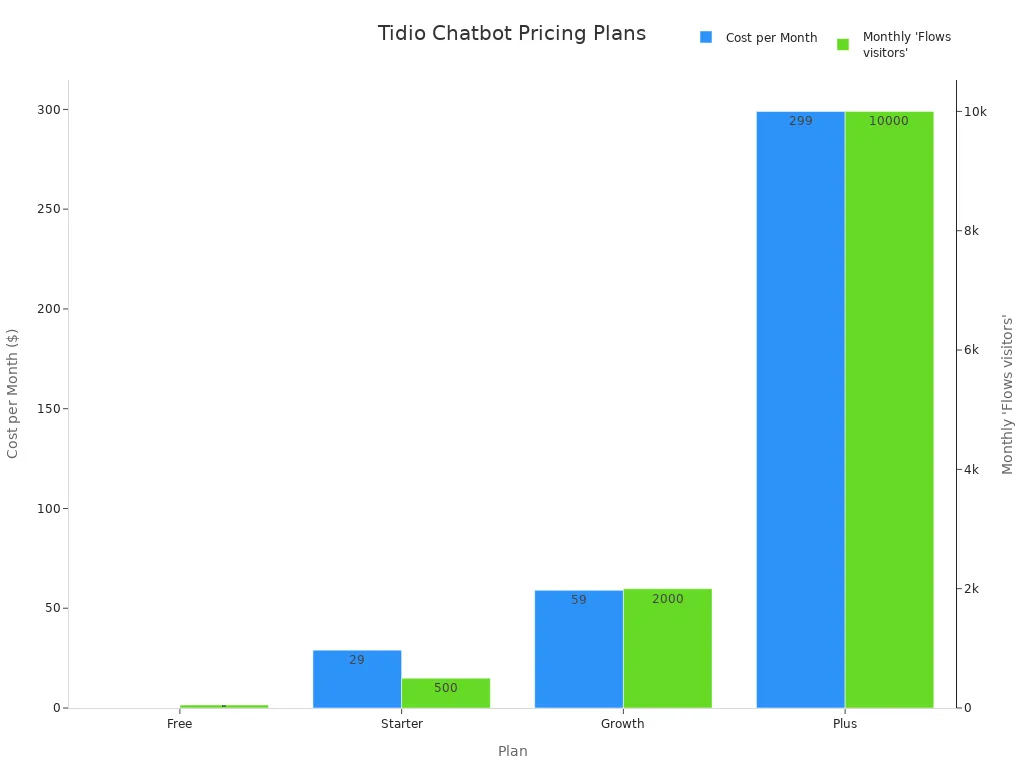
Success Story: The French macaron company Pastreez used Tidio's chat system to achieve a 70% conversion rate on customer inquiries. This powerful service helped them secure major corporate clients like Netflix, Google, and Visa.
ManyChat: For marketing and sales automation
ManyChat is a chatbot platform that excels at marketing and sales automation, particularly on social media. It helps businesses connect with customers on platforms like Instagram and Facebook Messenger to drive engagement and sales.
ManyChat's integration with Instagram allows businesses to automate responses in Direct Messages. For example, the company BB Littles used ManyChat to increase its weekly Instagram Direct conversations from 12 to over 1,400. This automation also decreased its cost per conversation from $3.00 to $1.78, showing a clear return on investment.
ManyChat offers a Free plan and a Pro plan with pricing that scales based on the number of contacts.
| Plan | Price (Monthly) | Key Features | Contacts | Channels | ManyChat Branding |
|---|---|---|---|---|---|
| Free | $0 | Basic chatbot features | Up to 1,000 | Messenger, Instagram | Yes |
| Pro | Starts at $15 | Advanced automation, multi-channel support | Unlimited (pricing scales) | Messenger, Instagram, WhatsApp, SMS, Email | No |

The Free plan has several limitations that businesses should consider:
- A maximum of 1,000 contacts
- Limited to 3 custom keywords
- No access to SMS or email channels
- ManyChat branding on all customer-facing elements
Upgrading to the Pro plan unlocks more powerful tools for customer service and marketing, including advanced automation and integrations with platforms like Shopify and HubSpot.
Key features for a small business chatbot
When choosing a chatbot, small businesses should look for specific chatbot features that deliver value without complexity. The right solutions empower teams to improve customer service efficiently.
- No-Code Builder: A drag-and-drop interface is essential. It allows non-technical users to create and modify conversation flows, making the chatbot a flexible tool for the entire team.
- Pre-Built Templates: Templates for common tasks like lead capture, FAQ answers, and appointment booking save significant time during setup.
- Affordable Pricing: A free or low-cost entry plan allows a business to test the platform's value. Pricing models that scale with usage are ideal for managing costs during growth.
- Multi-Channel Support: The ability to deploy a chatbot on a website, Facebook Messenger, and other platforms ensures a consistent customer experience wherever they engage.
- Basic Analytics: Even simple reporting on conversation volume and popular questions provides valuable insights to improve the AI chatbot and overall support strategy.
These features ensure that chatbot platforms provide immediate benefits, supporting business growth from day one.
Advanced chatbot solutions for enterprise business
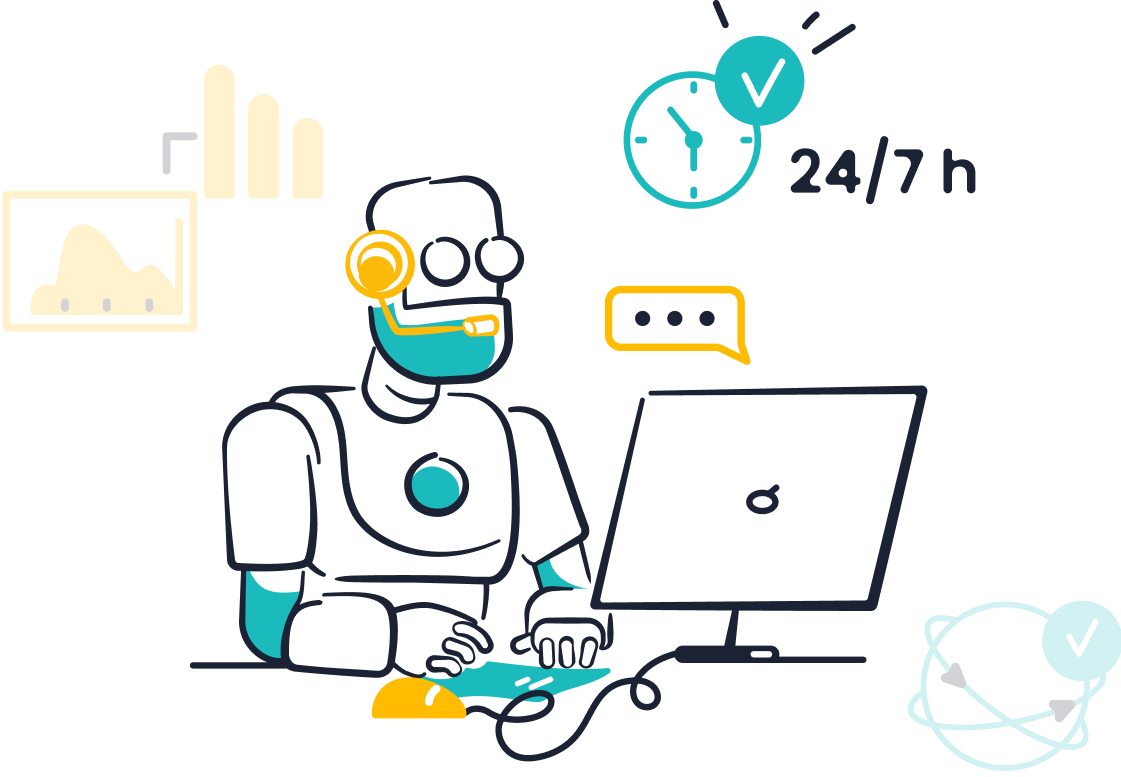
Enterprise businesses face unique scalability challenges. Their complex structures and large employee counts make them less agile than startups. Scaling customer support is not as simple as hiring more agents. Enterprises must manage massive customer volumes while protecting sensitive data. This environment demands advanced, secure, and scalable ai and chatbot solutions. These platforms must handle complexity, integrate with existing systems, and provide robust security.
Sobot: The AI-powered chatbot solution
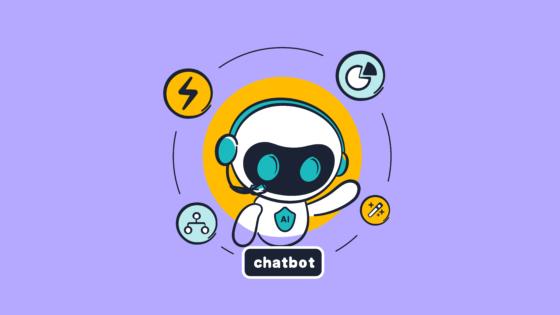
Sobot offers comprehensive ai and chatbot solutions designed for the demands of large-scale business operations. The platform helps global brands like Samsung and OPPO manage complex customer service environments. Sobot's AI chatbot enhances efficiency by autonomously solving regular queries. This frees up human agents to handle more difficult issues, improving overall productivity.
A key feature for global enterprises is multilingual support. Sobot's AI provides 24/7 service in multiple languages to meet global business needs. This AI delivers fast, human-like service across many channels. It intelligently answers customer questions with flexible settings for tone and style, enabling truly personalized interactions.
Security and Compliance Data security is a top priority for any enterprise. Sobot ensures its platform meets strict international standards. This commitment gives businesses confidence in their data management. Key certifications include:
- ISO 27001
- SOC 2 Type II
- GDPR
- CCPA
- PDPA
These certifications demonstrate that Sobot's ai and chatbot solutions are built for security and compliance. The platform's deep integration capabilities allow it to connect seamlessly with enterprise systems like Salesforce and Zendesk. This creates a unified customer data view, which is essential for effective customer engagement and personalization. The chatbot offers powerful customization to fit specific workflows.
Ada: The automation-first platform
Ada is an automation-first chatbot platform trusted by global brands. It is designed to manage millions of conversations without heavy reliance on live agents. The platform combines automation playbooks with a no-code builder. This allows teams to design complex conversation flows for customer engagement.
Ada's chatbot platforms support more than 50 languages, making them suitable for global enterprises. To meet enterprise security requirements, Ada holds SOC 2, GDPR, and ISO certifications. Advanced features like detailed analytics and premium integrations are available in its higher-tier packages. These tools help a business scale its customer service operations effectively.
IBM watsonx assistant: For enterprise-grade AI
IBM watsonx Assistant is one of the leading chatbot platforms for enterprise-grade AI. It uses advanced natural language processing to understand and resolve complex customer queries. A core feature is its Conversational Search, which generates answers from enterprise-specific content. This reduces the need for manual updates.
The platform also uses a technology called Retrieval-Augmented Generation (RAG). This AI framework combines search with generative AI to provide contextual answers grounded in a company's own data. This process ensures the AI chatbot delivers accurate information and reduces the risk of incorrect responses. IBM's solutions are built for deep integration with existing enterprise systems.
Many large organizations use IBM's AI to improve their service.
| Company | Use Case | Key Result |
|---|---|---|
| Camping World | Modernized its contact center with a virtual assistant. | Agents became 33% more efficient. |
| City of Helsinki | Deployed 10 virtual assistants to handle citizen contacts. | Assistants handle up to 300 contacts daily. |
| VIA Transit | Created a digital assistant named "Ava" for transit info. | Conducts 3,000 conversations monthly. |
These examples show how a powerful chatbot can transform customer support and internal operations. The right AI platforms deliver significant returns on investment through increased efficiency and better engagement.
A real chatbot customer service example: Sobot & OPPO
Theory is one thing, but a real-world chatbot customer service example shows what is truly possible. The collaboration between Sobot and global smart device leader OPPO provides a powerful case study. This partnership demonstrates how advanced ai and chatbot solutions can transform customer service operations at an enterprise scale.
The challenge: High volume and complexity
OPPO, a company serving over 600 million users, faced significant customer service hurdles. The primary challenges stemmed from immense inquiry volumes, especially during peak shopping seasons. This created a difficult environment for maintaining high levels of customer satisfaction.
Key issues included:
- A high volume of routine customer inquiries.
- Fragmented support channels that complicated customer engagement.
- High operational costs tied to scaling the support team.
These factors made it difficult to deliver the fast and effective support that customers expect.
The solution: Human-machine cooperation
OPPO implemented Sobot’s AI chatbot to create a human-machine cooperation model. This approach uses the chatbot to autonomously handle common and repetitive questions 24/7. This immediate support frees up human agents to focus on more complex and high-value customer interactions. The AI is the first point of contact, providing instant answers and improving engagement.
When the AI chatbot encounters a query it cannot solve, it seamlessly transfers the conversation to the right human agent. This ensures a smooth, uninterrupted seamless customer experience. This intelligent routing is a core part of effective chatbots and is essential for maintaining customer satisfaction.
The results: A new efficiency benchmark
The results of this chatbot customer service example speak for themselves. The implementation of Sobot's ai and chatbot solutions set a new standard for efficiency and satisfaction at OPPO. The AI chatbot achieved remarkable performance, directly impacting business outcomes.
| Metric | Value |
|---|---|
| Chatbot Resolution Rate | 83% |
| Positive Feedback Score | 94% |
These metrics show the chatbot was not just deflecting tickets but genuinely resolving customer issues, leading to high satisfaction. This effective service had a direct impact on customer loyalty.
The improved customer service and engagement led to a stunning 57% increase in the repurchase rate, turning excellent support into measurable revenue growth. You can explore the full OPPO customer story for more details.
This chatbot customer service example proves that the right AI chatbot is more than a cost-saving tool; it is a powerful engine for driving customer satisfaction and business growth.
Comparing the best chatbot builders
Choosing from the best chatbot builders requires a clear understanding of your business needs. Different platforms serve different goals. This comparison explores the key factors that separate the best chatbot builders to help you make an informed decision.
Core objective: Lead capture vs. cost reduction
Your primary goal shapes your choice of chatbot. Some businesses prioritize lead capture and customer engagement. They need a chatbot that proactively starts conversations and guides users toward a sale. Other companies focus on cost reduction through automation. Their ideal chatbot excels at answering common questions to reduce the support team's workload. The best chatbot builders offer tools for both, but their strengths often lean one way.
Implementation: No-code vs. dedicated team
Implementation speed is a major differentiator. No-code platforms offer incredible ease of use. They allow teams to build and launch a chatbot in minutes or days using visual editors. This rapid deployment is perfect for businesses without technical staff. In contrast, custom AI chatbot builders require a dedicated team of developers. This path is time-consuming, as it involves coding, testing, and debugging. While it offers deep customization, the initial deployment takes much longer.
AI capability: Rule-based vs. conversational AI
The AI engine determines a chatbot's intelligence. Rule-based systems are simple but rigid. They follow predefined scripts and cannot handle unexpected questions. This limitation often frustrates the customer. Conversational AI is far more advanced. These platforms use AI to understand context, learn from interactions, and provide truly personalized interactions.
The difference in AI capability is clear.
| Feature | Rule-Based Chatbots | Conversational AI |
|---|---|---|
| Understanding | Follows predefined rules and scripts. | Uses NLP and machine learning for context. |
| Flexibility | Limited to fixed decision trees. | Adapts to user intent in real-time. |
| Learning Ability | Static and requires manual updates. | Continuously improves with each interaction. |
Advanced AI chatbot builders deliver superior customer engagement and personalization through this powerful technology.
Cost structure: Freemium vs. enterprise contracts
Pricing models vary widely among the best chatbot builders. Many platforms offer a freemium or low-cost entry plan. This pricing allows businesses to test the chatbot with minimal risk. As usage grows, the pricing scales. Enterprise solutions often involve custom contracts. This pricing reflects advanced features, dedicated support, and robust integration capabilities. Evaluating the long-term pricing is crucial for sustainable growth. The best chatbot builders provide transparent pricing structures.
How to choose the right chatbot
Choosing the right chatbot requires careful thought. A business must match the tool to its specific needs. This process ensures the chatbot delivers real value for customer service and engagement.
Assess your customer inquiry volume
First, a business should look at its customer inquiry volume. A company with a few questions per day has different needs than one with thousands. High volumes often require a powerful AI chatbot with strong automation capabilities. Low volumes might only need a simple chatbot for basic support. Understanding this volume helps narrow down the options for effective chatbots.
Evaluate your budget and technical resources
Budget is a critical factor. Chatbot pricing varies widely based on features and capabilities. A company must find a solution that fits its financial plan. The pricing often depends on the business size.
| Business Size | Monthly Cost Range |
|---|---|
| Small Business | $15 - $500 |
| Mid-Market | $600 - $1,200 |
| Enterprise | $1,200 - $5,000 |
Annual budgets show a similar trend. Enterprise solutions demand a larger investment for their advanced AI features.
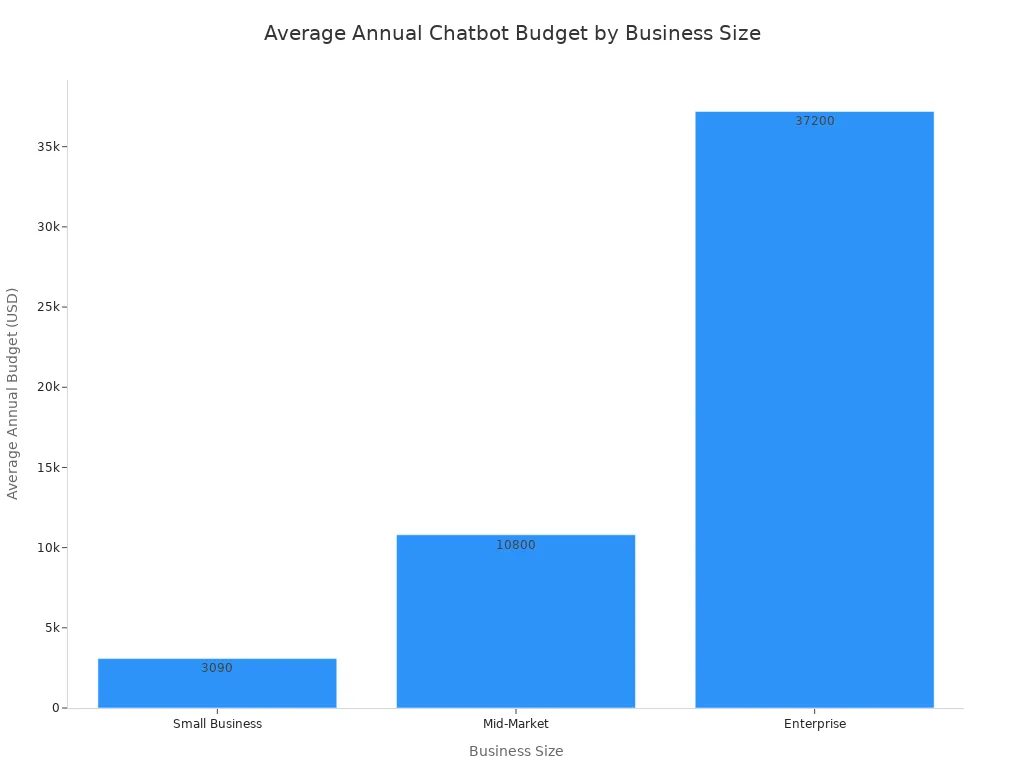
Considering the long-term pricing is essential for sustainable growth.
Identify essential software integrations
An effective chatbot works with other tools. A key step is identifying essential software integrations. For e-commerce, a chatbot should connect with platforms like Shopify or Magento. This integration allows the AI to pull order data and shipping updates in real time. This creates a seamless customer service experience and boosts customer engagement. The right support tool unifies data for better service.
Define your primary business goal
Finally, define your main goal. Do you want to generate leads or reduce support costs? The goal shapes the choice of a customer support chatbot. Some AI platforms excel at sales, while others are built for service efficiency.
To measure success, a business must quantify both costs and benefits. Benefits for cost reduction include measurable savings and increased efficiency. For lead generation, benefits include more online sales and increased lead generation.
Aligning the chatbot's features with the primary goal is crucial for a positive return on investment. This focus ensures the AI delivers the right results for the customer and the company.
Choosing the right chatbot depends on business needs. Small companies find success with simple solutions. Growing enterprises need scalable ai and chatbot solutions like Sobot to manage complex customer service. The best chatbot aligns with a company’s goals, improving customer satisfaction. The OPPO chatbot customer service example shows how a powerful AI chatbot delivers results. An AI chatbot is a key tool for modern customer service. These AI solutions provide excellent service and boost satisfaction.
A business should assess its primary customer service pain point. Explore powerful ai and chatbot solutions that offer a no-code AI chatbot builder. The right AI solutions create a seamless customer experience and increase customer satisfaction.
FAQ
What is the main purpose of an AI chatbot?
An AI chatbot automates customer interactions. It autonomously solves regular questions and assists human agents. This process improves a company's productivity and overall customer service efficiency. The chatbot provides instant support to customers.
How does a chatbot help reduce costs?
A chatbot operates 24/7. It handles customer inquiries without needing extra agents. This constant availability can save a business up to 50% on support costs. The AI chatbot manages high volumes of simple questions, reducing the team's workload.
Is coding needed to set up an AI chatbot?
No, many modern AI solutions do not require coding. For example, the Sobot AI chatbot uses a point-and-click interface. This feature allows a business to design and launch automated workflows easily, making advanced AI accessible to non-technical teams.
Can a chatbot handle multiple languages?
Yes, advanced AI chatbot platforms offer multilingual support. This capability is essential for global customer engagement. A multilingual chatbot interacts with customers in their preferred language, creating a better and more personalized customer service experience.
See Also
Effortlessly Deploying Website Chatbots: Practical Examples for Quick Implementation
Elevating E-commerce Customer Satisfaction: The Power of Chatbot Integration
Transforming Customer Support: AI Agents Revolutionize Service and Efficiency
Achieving Excellence: Mastering Live Chat for Superior Customer Support
